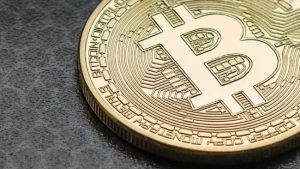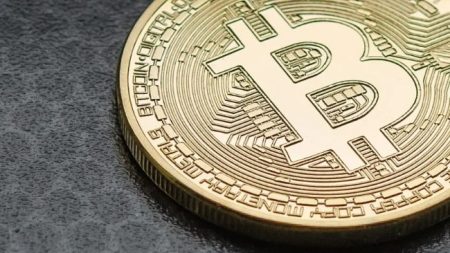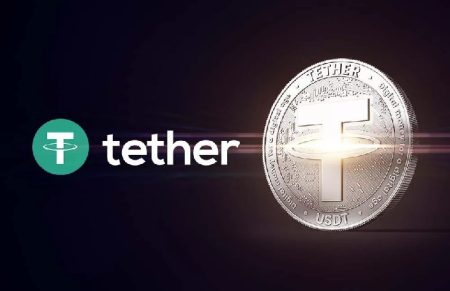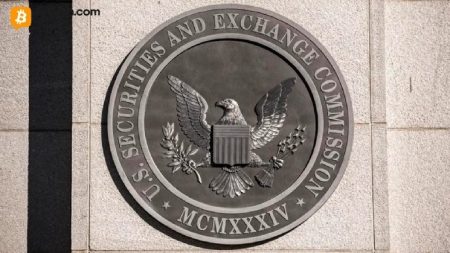XRP Poised for Volatility: ETF Launch, Institutional Adoption, and Post-Shutdown Regulatory Landscape Drive Market Expectations
In the intricate dance of cryptocurrency markets, XRP stands at a pivotal crossroads this month, potentially setting the stage for significant price movement amid several converging catalysts. While most digital assets continue navigating the choppy waters of macroeconomic uncertainty, Ripple’s native token is drawing particular attention from investors and analysts alike. With the imminent launch of the first U.S. spot XRP ETF, growing institutional backing, and an evolving regulatory environment following the recent government shutdown resolution, XRP is positioned at the intersection of multiple market-moving forces that could define its trajectory in the coming weeks.
Historic First: Spot XRP ETF Debuts on U.S. Markets
In what represents a watershed moment for the cryptocurrency, Canary Capital’s spot XRP exchange-traded fund will commence trading Thursday on Nasdaq under the ticker symbol XRPC. The fund, structured to hold physical XRP tokens while charging a competitive 0.50% management fee, marks a significant milestone in the asset’s journey toward mainstream financial acceptance. This development elevates XRP to an exclusive club, becoming only the fourth cryptocurrency—following Bitcoin, Ethereum, and Solana—to secure approval for a U.S.-based spot ETF. Market response has already been palpable, with XRP experiencing a 4.1% price increase over 24 hours to reach $2.51, according to data from CoinGecko. Investor sentiment has turned decidedly optimistic, evidenced by the Binance long-to-short ratio climbing to 2.59, though this enthusiasm has resulted in substantial liquidations totaling $7.76 million in long positions. The symbolic importance of this regulatory green light cannot be overstated, particularly given XRP’s complicated history with U.S. regulators. “The launch of the U.S. XRP ETF is quite symbolic, as XRP and Ripple were once at the center of the SEC’s regulatory battle with crypto,” noted Illia Otychenko, lead analyst at CEX.IO, in conversation with Decrypt. He tempered expectations, however, adding that “for smaller altcoins, ETF inflows aren’t yet big enough to drive price trends.”
Institutional Adoption Gathers Momentum as Corporate Interest Intensifies
Beyond the ETF milestone, institutional embrace of XRP continues to accelerate, providing another substantial pillar of support for potential price appreciation. “Ripple is one of the biggest institutional players in crypto right now, making acquisitions… and sitting down with global banks and governments,” explained Altan Tutar, CEO and Co-founder of MoreMarkets, highlighting the company’s expanding influence in traditional financial circles. A particularly noteworthy development in this institutional narrative is the recent merger between Evernorth Holdings and Nasdaq-listed SPAC Armada Acquisition Corp II, establishing a publicly traded XRP treasury platform with ambitious plans to raise $1 billion specifically for XRP acquisitions. This corporate-level commitment represents a significant vote of confidence in XRP’s long-term viability and utility within the financial ecosystem. The strategic positioning of Ripple with major financial institutions and governmental bodies reflects a maturation of the project beyond purely speculative investment into practical applications for cross-border payments and liquidity management—use cases that continue to attract serious attention from the traditional banking sector seeking blockchain-based solutions to longstanding inefficiencies in international finance.
Regulatory Clarity on Horizon as Government Shutdown Concludes
The cryptocurrency market has long operated under the shadow of regulatory uncertainty, but recent developments suggest potential progress toward a more defined framework. With U.S. President Trump signing the spending bill that officially ended the government shutdown, a major source of market anxiety has been at least temporarily alleviated. This resolution could herald a period of increased regulatory predictability, particularly beneficial for assets like XRP that have weathered significant legal challenges. “As the U.S. comes out of government shutdowns, we could definitely see uplifts in XRP prices,” predicted Tutar, emphasizing that “CLARITY will be back on the agenda and that will be a strong signal to investors to start strategising for the long-term.” The renewed focus on regulatory frameworks comes at an opportune moment for XRP, which has spent years navigating complex legal territory in its battle with the Securities and Exchange Commission. The prospect of clearer guidelines and a more coherent approach to cryptocurrency regulation under the current administration could provide the stability needed for institutional investors still hesitant about committing capital to digital assets with ambiguous legal status.
Market Sentiment Remains Delicately Balanced Despite Positive Catalysts
Despite the confluence of potentially bullish factors, analysts maintain a measured outlook on XRP’s immediate price trajectory, acknowledging the dominant influence of broader market sentiment. Otychenko emphasized that XRP remains fundamentally tethered to overall cryptocurrency market trends rather than being solely driven by ETF-related developments. This perspective is reflected in Myriad’s Fear and Greed prediction market, which currently registers a neutral reading around 50%—indicating a balanced distribution between optimistic and pessimistic market participants. The cautious equilibrium likely stems from investors weighing positive XRP-specific developments against persisting macroeconomic uncertainties including interest rate policies, inflation concerns, and global geopolitical tensions. However, Otychenko suggested the sentiment outlook could improve with the U.S. government back in full operation, potentially removing one significant source of market anxiety and allowing asset-specific fundamentals to exert greater influence on price action.
Strategic Positioning for XRP Amid Evolving Financial Landscape
As traditional finance and cryptocurrency markets continue their gradual convergence, XRP finds itself strategically positioned at this intersection with its established focus on institutional payment solutions. The token’s utility in facilitating rapid, low-cost cross-border transactions aligns with increasing demand for efficient international payment systems—a use case that distinguishes it from purely speculative cryptocurrencies. This practical application, combined with Ripple’s ongoing collaborations with financial institutions worldwide, provides XRP with fundamental support beyond short-term price movements. The ETF approval represents not just a new investment vehicle but validation of the project’s legitimacy within the evolving regulatory framework. Looking ahead, XRP’s performance will likely be determined by the delicate interplay between these asset-specific strengths and broader market dynamics including Bitcoin’s trajectory, central bank policies, and overall risk appetite among institutional investors. While volatility remains an inherent characteristic of cryptocurrency markets, the fundamental building blocks appear increasingly aligned for XRP to navigate the coming months from a position of relative strength compared to its historical standing.
The coming weeks promise to be particularly consequential for XRP as these various catalysts unfold and interact with broader market forces. Investors and market observers will be closely monitoring not only the initial performance of the Canary Capital ETF but also institutional inflow patterns, regulatory developments, and shifts in market sentiment. While no single factor is likely to determine XRP’s trajectory in isolation, the convergence of these elements creates a uniquely dynamic environment for one of the cryptocurrency market’s most established yet controversial assets. Whether these developments translate into sustained price appreciation remains to be seen, but they unquestionably position XRP at a fascinating juncture in its evolution from regulatory battleground to increasingly mainstream financial asset.















